General description
Receptors for activated C-kinase (RACKs) are scaffold protein for Protein kinase C (PKC). It is composed of seven WD (Trp-Asp) repeats, thus resembling the structure of the subunit of G proteins.
Specificity
Anti-RACK1 (N-terminal) is produced in rabbit and specifically recognizes human RACK1. Anti-RACK1 (N-terminal) antibody is specific for human RACK1 (approx. 30 kDa). The antibody also reacts with rat and mouse RACK1. In immunoblotting, staining of the RACK1 band is specifically inhibited by the immunizing peptide.
Immunogen
synthetic peptide corresponding to amino acids 2-16 of human RACK1, conjugated to KLH via an C-terminal added cysteine residue. The corresponding sequence is conserved in human, rat and mouse.
Application
Anti-RACK1 (N-terminal) antibody is suitable for use in indirect immunofluorescence (1:100-1:200 using paraformaldehyde-fixed HeLa cells), western blot (1:500-1:1,000 using HEK-293T cell lysates) and immunoprecipitation (5-10 μL using HEK-293T cell lysates).
It is also used in immunoblotting.
Biochem/physiol Actions
RACK1 is a receptor for activated C kinases that functions downstream of the growth factor receptor signaling pathway. RACK1 also modulates several functions such as cell adhesion, chemotaxis and protrusion. Increased RACK1 expression has been associated with cell migration and metastasis in breast carcinoma. Thus, RACK1 can be used as a prognostic indicator for breast cancer
Receptors for activated C-kinase (RACKs) anchor activated Protein kinase C (PKC) at the site of translocation. Receptors for activated C-kinase 1 (RACK1) is the selective RACK for PKC-βII. RACK1 anchors other signaling enzymes such as Sarcoma (Src) tyrosine kinase, integrin and phosphodiesterase 4D5. The ability of RACK1 to interact simultaneously with different signaling molecules, allows it to integrate inputs from distinct signaling pathways. Accumulating evidence attributes to it the role of regulating several major nervous system pathways. RACK1 is a ribosomal protein and can make direct contact with ribosomal RNA. It recruits activated PKC to the ribosome, which in turn, phosphorylates initiation factor 6, leading to ribosome assembly.
Physical form
Solution in 0.01 M phosphate buffered saline, pH 7.4, containing 15 mM sodium azide.
Disclaimer
Unless otherwise stated in our catalog or other company documentation accompanying the product(s), our products are intended for research use only and are not to be used for any other purpose, which includes but is not limited to, unauthorized commercial uses, in vitro diagnostic uses, ex vivo or in vivo therapeutic uses or any type of consumption or application to humans or animals.
Shipping Information:
Dry Ice Surcharge & Ice Pack Shipments: $40
More Information: https://cenmed.com/shipping-returns
- UPC:
- 12352203
- Condition:
- New
- Availability:
- 3-5 Days
- Weight:
- 1.00 Ounces
- HazmatClass:
- No
- MPN:
- R1905-200UL
- Temperature Control Device:
- Yes












